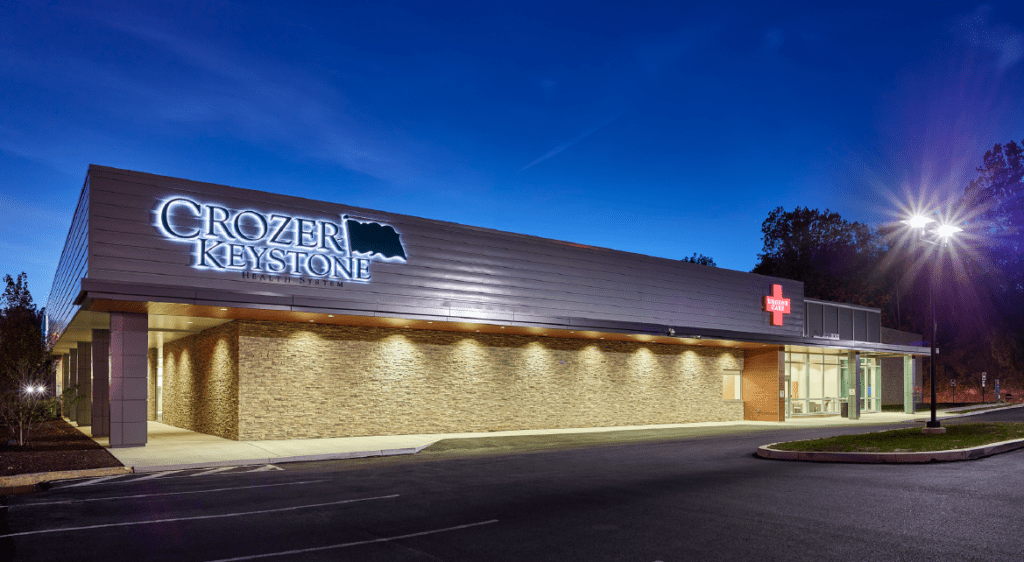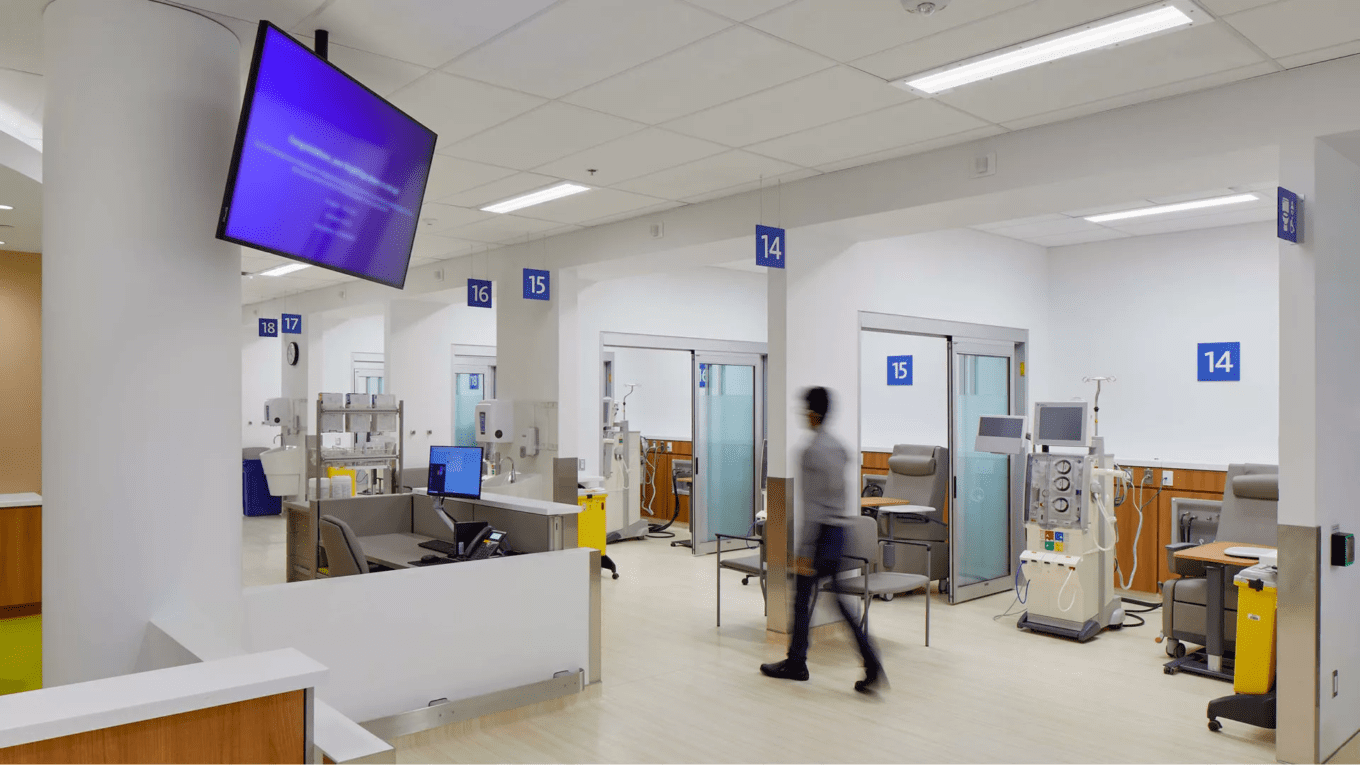It’s a win-win-win situation. Landlords fill vacant spaces in retail locations and increase foot traffic; consumers access medical services locally in a more enjoyable environment; and healthcare providers see patients more frequently and, in turn, prolong their health.
Medtail, the placement of medical services in retail spaces, is on the rise and is the type of innovation sought to help address overcrowded hospitals and other barriers to better physical and mental health. It’s a community-based phenomenon that supports wellness, providing a holistic approach to bring health care to the community and within retail environments. Medtail takes into account the needs of a particular community as it relates to an appropriate care delivery model.
In this Insight Article, our Health Sciences and Retail teams examine the drivers and considerations of designing urgent, continuing and integrated health care spaces in traditional retail locations and the opportunity to rethink an ailing system.
- Community-Based Healthcare Delivery
The global pandemic, coupled with an aging population, has changed healthcare service delivery. Satellite services like the CVS Pharmacy Program in easy-to-access and close-to-home locations outside of the traditional hospital environment are a great example of the signature convenience of medtail.
Retail pharmacies are expanding their real estate footprint by offering community health hubs in locations where the patient is already making purchases in-store. Within these hubs, consumers enjoy the convenience of a one-stop shop for healthcare products and services at a trusted brand. For retail pharmacies, this model offers long-term business growth and continuous care for their consumers.
For the healthcare sector, it addresses the backlog of basic medical services by providing select services in regional shopping or local retail centers. This can include everything from medical labs and on-site doctor appointments to wellness clinics and ambulatory care (services provided on an outpatient basis).
2. Economic and Environmental Solutions for Landlords and Healthcare Tenants
As healthcare providers fill vacant retail spaces and introduce blended retail experiences, they also increase foot traffic, similar to the impact of big box anchors but with a different function.
There is also an economic upside for healthcare providers. Satellite services represent a growth opportunity. Primary care hubs, medical imaging machines, lab and test centers, dental and optometry care and mental health facilities can flourish in smaller, convenient spaces.
Expanding hospital services into the community also has macroeconomic benefits. Capacity and overcrowding can be addressed with increased public access to healthcare and preventative solutions to tackle root medical issues.
Finally, as energy costs increase in response to climate change, repurposing existing structures has become both financially and environmentally beneficial. Medtail projects often require adapting existing plumbing, electrical, mechanical, and building systems, enhancements that improve the energy performance of the existing space and help lower the carbon footprint of the space over time. A carbon emission analysis at the start of a project informs decisions on reducing both embodied and operational carbon.
3. Designing Medtail Spaces and Uses Around the World
Several factors must be considered when designing medtail locations that may not typically be considered in a traditional retail space:
- Infrastructure to support healthcare services
- Suitability of the space considering the retail mix at the shopping center
- Accessibility for consumers with disabilities
- ROI of redesigning systems that work for the intended service delivery
- Meeting unique requirements such as disposal of medical waste materials, medical equipment, and specific air quality needs
- Zoning or use restrictions
- Parking requirements
Retail Center CRU
The Canadian Blood Services Plasma Donor Centre in Sudbury, ON, is one example of this specialized design. The Centre operates within an existing shopping center. Special consideration was given to how the Centre could manage the collection, processing, and distribution of plasma to support its life-saving therapies and treatments. The integration of mechanical and electrical engineering systems was used to accommodate patient comfort and future adaptability, with redundant HVAC in processing and product and supply storage areas.
Another example is the satellite hemodialysis facility in a community shopping center outside Toronto, ON. The workflow design was a primary focus of the project, ensuring staff efficiency and patient safety. Natural light, organic and natural elements, and green materials and products were used. The design also provided enhanced accessibility and support to patients with different functional requirements.
Anchor and Big Box
Utilizing abandoned anchor or big box spaces at regional malls as health care centers can provide options for multi-faceted services located in central areas of towns and cities. Leveraging access to existing infrastructure and good floor-to-floor or floor-to-ceiling heights for equipment makes these sites solid contenders.
Standalone Building
Medtail is also a strategy being used for adaptive reuse of existing, underutilized or vacant retail standalone buildings. These sites may offer speed-to-market solutions for urgent, continuing and integrated community care uses. Our experience in this project type leverages conveniently located sites that are already established within the community with good parking, easy to access and without experiencing the time-consuming delays of land development. These sites are particularly attractive to seniors, where ease of access to healthcare is especially desirable.

Integrated healthcare and community-based medical services within retail environments is advancing. With design solutions that carefully weigh the unique considerations of each conversion project, the combination of innovation and sector collaboration is an important step forward in responding to an evolving world and struggling healthcare systems.



